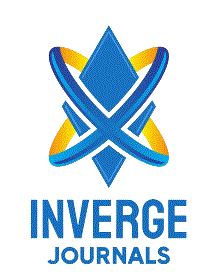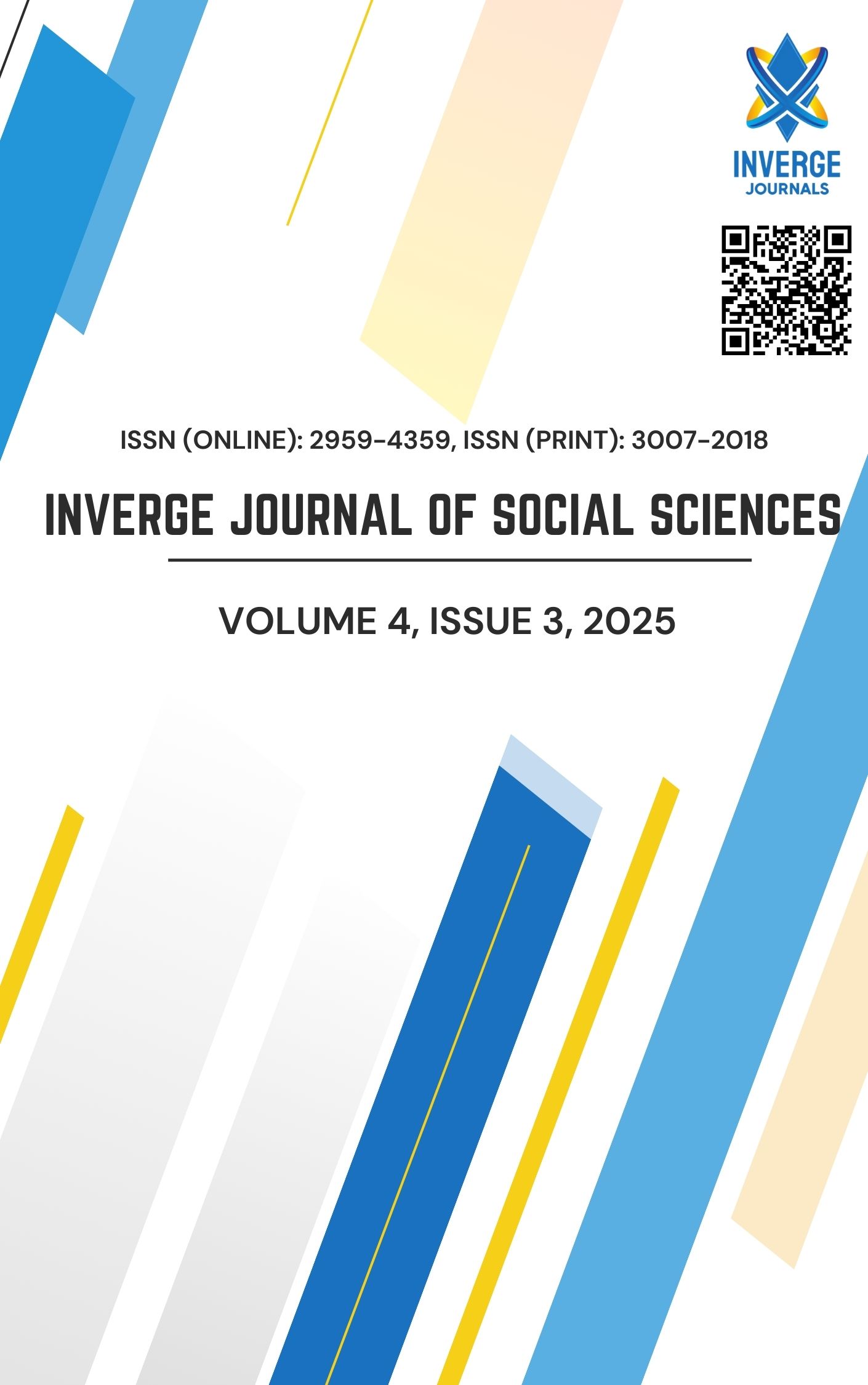Role of AI in Enhancing Government Transparency: The Mediating Effect of Digital Accountability
DOI:
https://doi.org/10.63544/ijss.v4i3.157Keywords:
Artificial Intelligence (AI), Government Transparency, Digital Accountability, AI Adoption, Transparency in GovernmentAbstract
The integration of Artificial Intelligence (AI) in government operations offers significant potential for enhancing transparency and efficiency in public sector services. This study explores the relationship between AI adoption, digital accountability, and government transparency, focusing on the mediating role of digital accountability in this relationship. While AI technologies, such as machine learning and data analytics, can optimise decision-making and improve service delivery, their effectiveness in promoting transparency is contingent upon the presence of robust digital accountability mechanisms. The study adopts a quantitative research design and collects data from 300 government employees and officials across various sectors, including healthcare, education, and public administration. The data were gathered using a structured questionnaire with Likert-scale items that measure AI adoption, digital accountability, and government transparency. Regression analysis and Structural Equation Modelling (SEM) were employed to test the hypotheses. Findings indicate that AI adoption positively impacts government transparency, with increased AI usage corresponding to greater transparency in public sector operations. Furthermore, digital accountability was found to mediate the relationship between AI adoption and transparency. Mechanisms like open data platforms and blockchain help ensure that AI-driven decisions and government actions are transparent, traceable, and auditable by the public. The study highlights that while AI alone can improve transparency, its full potential is realised when complemented by digital accountability tools. The results have important implications for policymakers, suggesting that AI adoption must be paired with accountability frameworks to ensure ethical and transparent governance. This research contributes to the growing literature on AI and public sector innovation, providing empirical evidence of how digital accountability mechanisms can enhance the role of AI in fostering transparent governance. Further research is needed to explore the long-term impact of AI and digital accountability on transparency across different political and technological environments.
References
Bertot, J. C., Jaeger, P. T., & Grimes, J. M. (2010). Promoting transparency and accountability through ICTs: The role of public e-government. International Journal of Electronic Government Research, 6(3), 1-18. https://doi.org/10.4018/jegr.2010070101
Brynjolfsson, E., & McAfee, A. (2014). The second machine age: Work, progress, and prosperity in a time of brilliant technologies. W. W. Norton & Company.
Creswell, J. W. (2014). Research design: Qualitative, quantitative, and mixed methods approaches (4th ed.). SAGE Publications. https://doi.org/10.4135/9781849208956
Gerring, J., Thacker, S. C., & Moreno, C. (2005). Civil liberties and democratization. Comparative Political Studies, 38(4), 493-517. https://doi.org/10.1177/0010414004273879
Hair, J. F., Black, W. C., Babin, B. J., & Anderson, R. E. (2014). Multivariate data analysis (7th ed.). Pearson. (No DOI available for this edition)
Janssen, M., Charalabidis, Y., & Zuiderwijk, A. (2012). Benefits, adoption barriers, and myths of open data and open government. Information Systems Management, 29(4), 258-268. https://doi.org/10.1080/10580530.2012.716740
Lember, V., Kattel, R., & Kalvet, T. (2015). Public sector innovation and e-governance in Estonia: Achievements and challenges. Public Administration Review, 75(5), 690-701. https://doi.org/10.1111/puar.12383
McDermott, K. (2020). The role of open government data in enhancing transparency in government. Open Government, 16(2), 134-152.
Narayan, D. (2021). AI in governance: The role of artificial intelligence in promoting transparency and accountability. Journal of Public Administration, 56(2), 302-315.
Peña-Rios, J. L., & Martínez-Balleste, A. (2020). Digital transparency and artificial intelligence in public administration. Government Information Quarterly, 37(3), 100506. https://doi.org/10.1016/j.giq.2020.100506
Piotrowski, S. J. (2007). Governmental transparency in the path of administrative reform. SUNY Press.
Robinson, D. G. (2015). The role of transparency in public administration. Public Administration Review, 75(1), 52-61. https://doi.org/10.1111/puar.12303
Sullivan, J. M., & Drennan, P. A. (2021). Digital accountability and governance: Enhancing trust in public services. Journal of Public Sector Management, 37(1), 55-70.
Tapscott, D., & Tapscott, A. (2016). Blockchain revolution: How the technology behind bitcoin and other cryptocurrencies is changing the world. Penguin.
Turek, J., & Raj, S. (2020). AI-driven decision-making in government: Enhancing public sector transparency through predictive analytics. Journal of Public Policy and Technology, 15(2), 213-228.
Ul Haq, A. (2025). Innovating Education: The Impact of Artificial Intelligence and Technology on Teaching. Inverge Journal of Social Sciences, 4(2), 52–68. https://doi.org/10.63544/ijss.v4i2.125
Wirtz, B. W., Schilke, O., & Ullrich, S. (2010). Strategic management in the public sector: A case study approach. Springer. https://doi.org/10.1007/978-3-8349-6636-1
Downloads
Published
How to Cite
Issue
Section
Categories
License
Copyright (c) 2025 Faisal Abdullah Khan, Abdul Rehman Khan, Hassan Raza

This work is licensed under a Creative Commons Attribution-NonCommercial-ShareAlike 4.0 International License.
The work is concurrently licensed under a Creative Commons Attribution-NonCommercial-ShareAlike 4.0 International License, which permits others to share the work with an acknowledgement of the authorship and the work's original publication in this journal, while the authors retain copyright and grant the journal the right of first publication.









